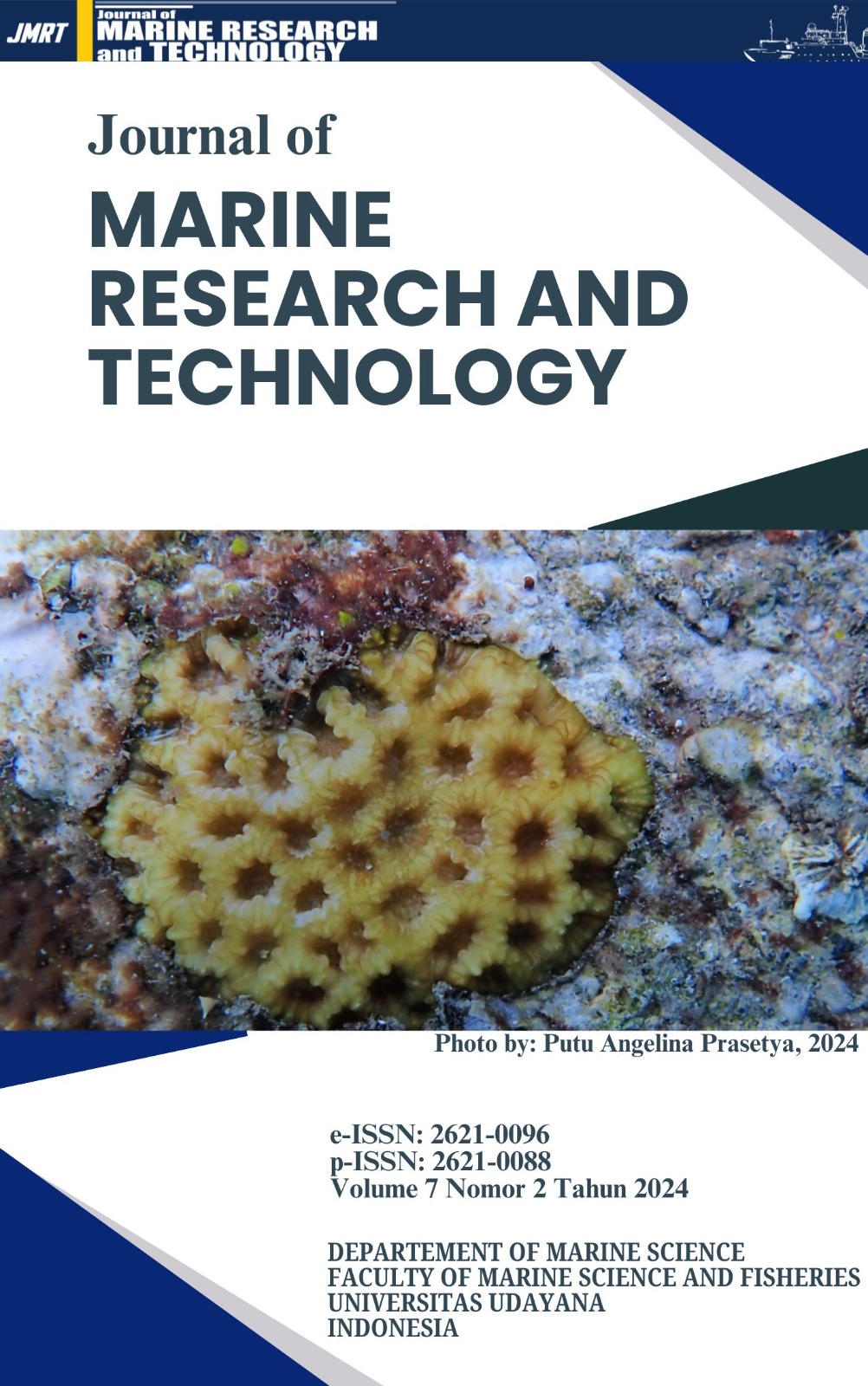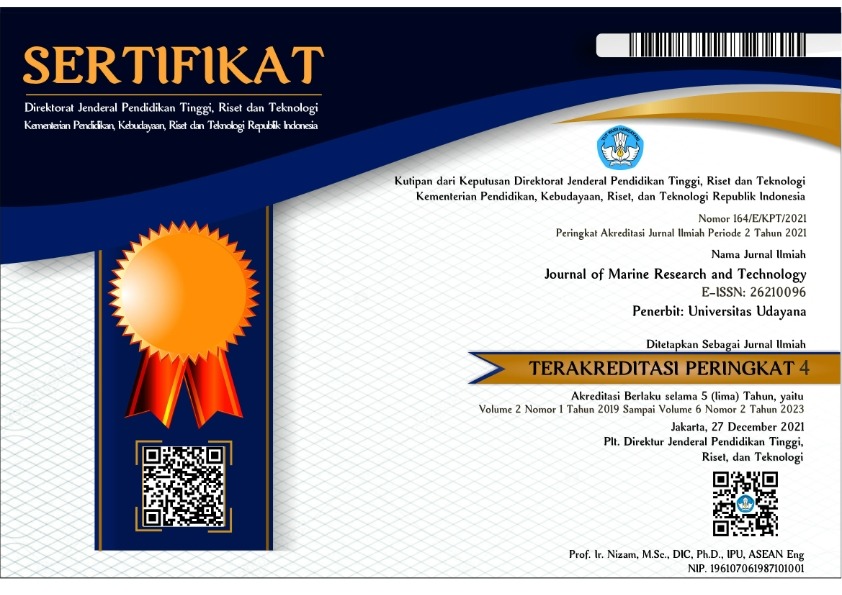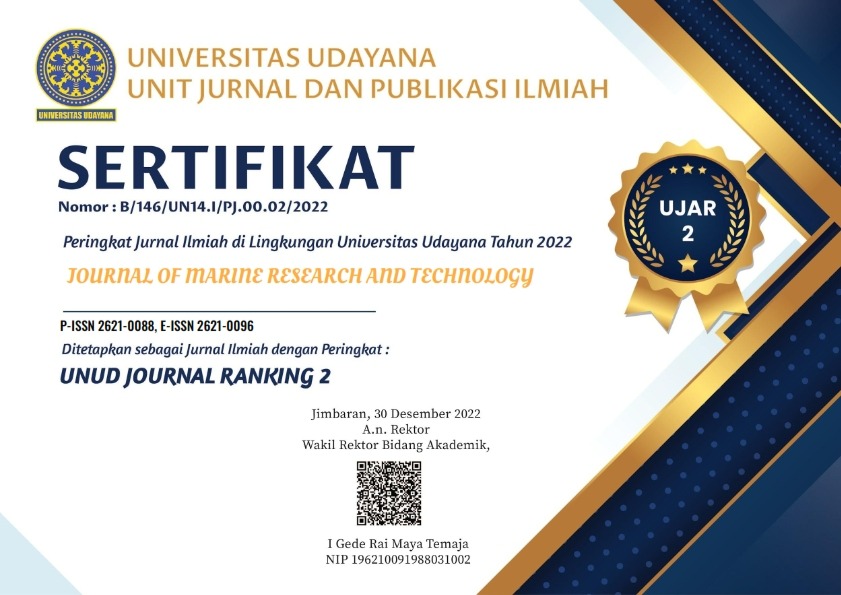Analisis Perubahan Penggunaan Lahan di Kawasan Pesisir Kecamatan Lembar, Kabupaten Lombok Barat, Provinsi Nusa Tenggara Barat
Landuse; Maximum Likelihood; Minimum Distance; Mahalanobis Distance; Sentinel 2A
Abstract
Land use refers to humans using different land areas to meet their needs. It can also be understood as a human effort to manage and manipulate the elements in an ecosystem to benefit from the land. The regional development has led to a rapid population increase, further contributing to environmental degradation. One of the critical areas affected by this trend is Lembar District, a West Lombok Regency sub-district in West Nusa Tenggara Province. The West Nusa Tenggara regional government has designated this district as a tourist area. This study aimed to analyze land use patterns, assess the accuracy of the methodology used, and track changes in coastal land use in Lembar District during 2017 and 2022. The investigation used Sentinel 2A imagery and three classification methods: Maximum Likelihood, Minimum Distance, and Mahalanobis Distance. The findings show different land use categories in the coastal area of Lembar District, West Lombok Regency, West Nusa Tenggara Province, including moorland, paddy fields, gardens, bare land, built-up area, waters, ponds, and mangrove. Assessment of research accuracy involves three classification techniques. The Maximum Likelihood Likelihood Classification yielded an impressive overall accuracy of 89.17%. While the Minimum Distance classification achieved an overall accuracy of 61.25%, and the Mahalanobis classification showed the lowest accuracy of 58.75%. In particular, the classification method with the highest accuracy and maximum Likelihood also shows significant changes in land use. Moor coverage increased by 309.68 hectares, while rice fields experienced a reduction of 235.75 hectares. Vacant land decreased by 189.09 hectares, while the built area increased by 57.97 hectares. Gardens increased by 75.50 hectares, while waters decreased by 0.29 hectares. Ponds also decreased by 23.10 hectares, while the mangrove area increased by 22.95 hectares.
Downloads
Copyright Notice
The copyright to this article is transferred to Journal of Marine Research and Technology (JMRT). The copyright transfer covers the exclusive right and license to reproduce, publish, distribute and archive the article in all forms and media of expression now known or developed in the future, including reprints, translations, photographic reproductions, microform, electronic form (offline, online) or any other reproductions of similar nature.






